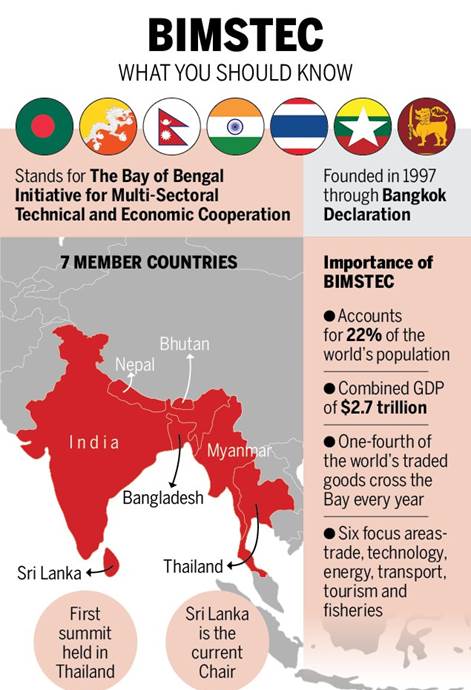Free Courses Sale ends Soon, Get It Now


Free Courses Sale ends Soon, Get It Now



Copyright infringement is not intended
Context:
Colombo package
Grouping’s charter:
Re-constitution:
Master Plan for Transport Connectivity
Agreements
What need to be done to strengthen BIMSTEC?
About BIMSTEC:
https://pib.gov.in/PressReleasePage.aspx?PRID=1833814
© 2024 iasgyan. All right reserved